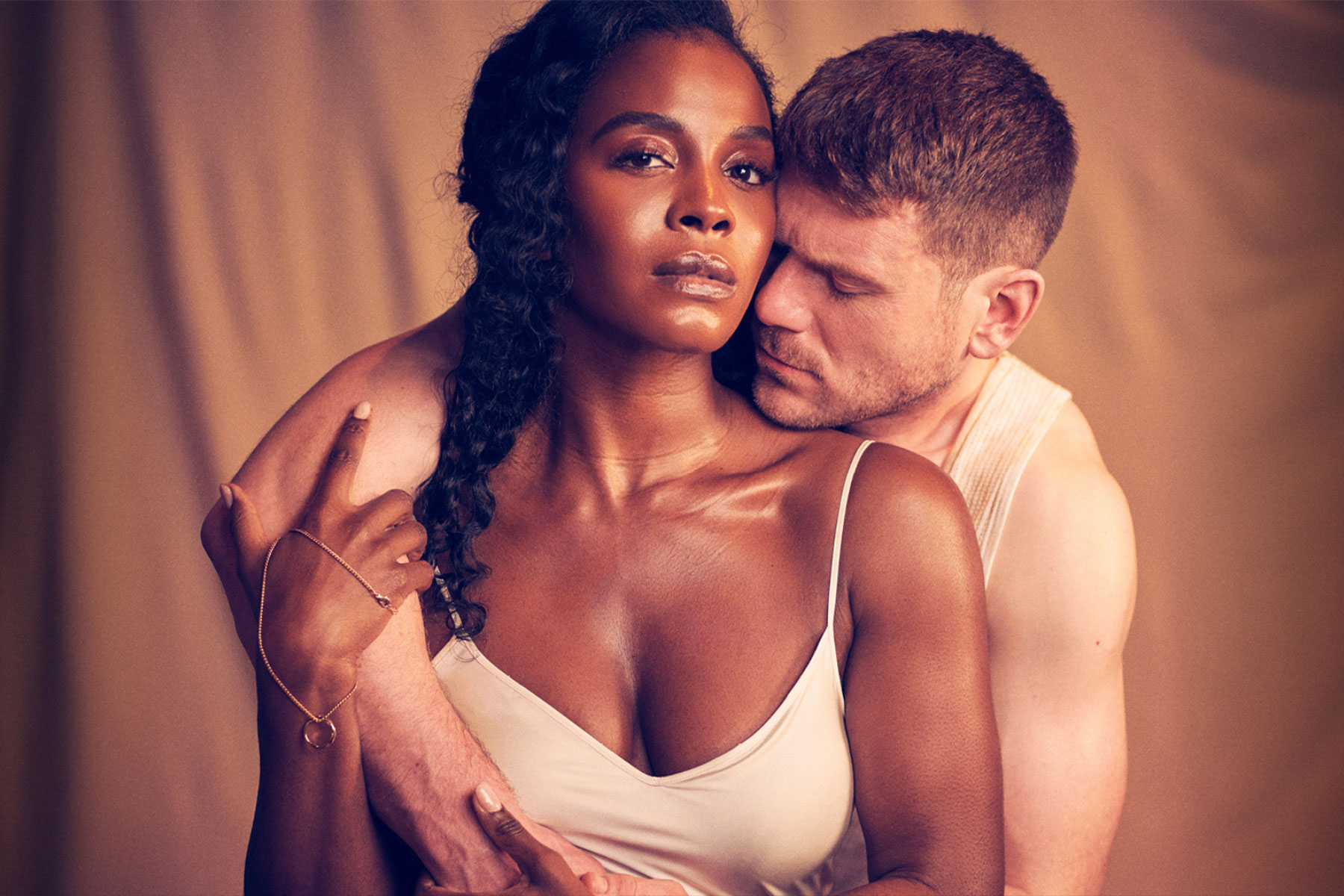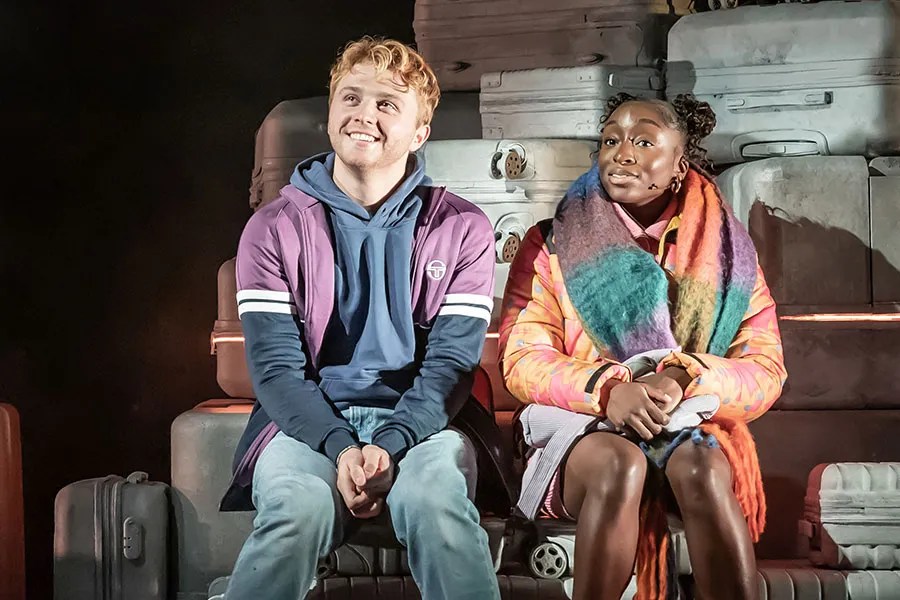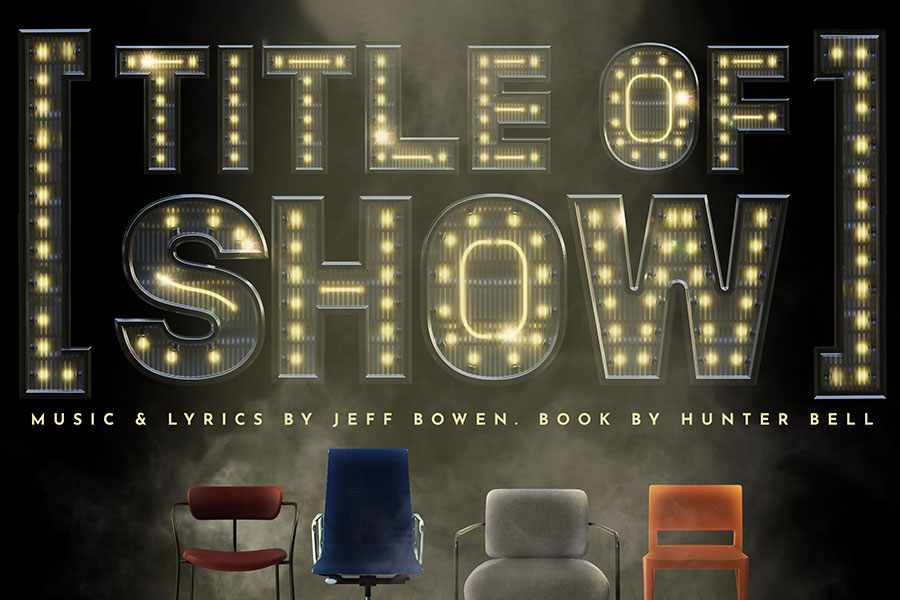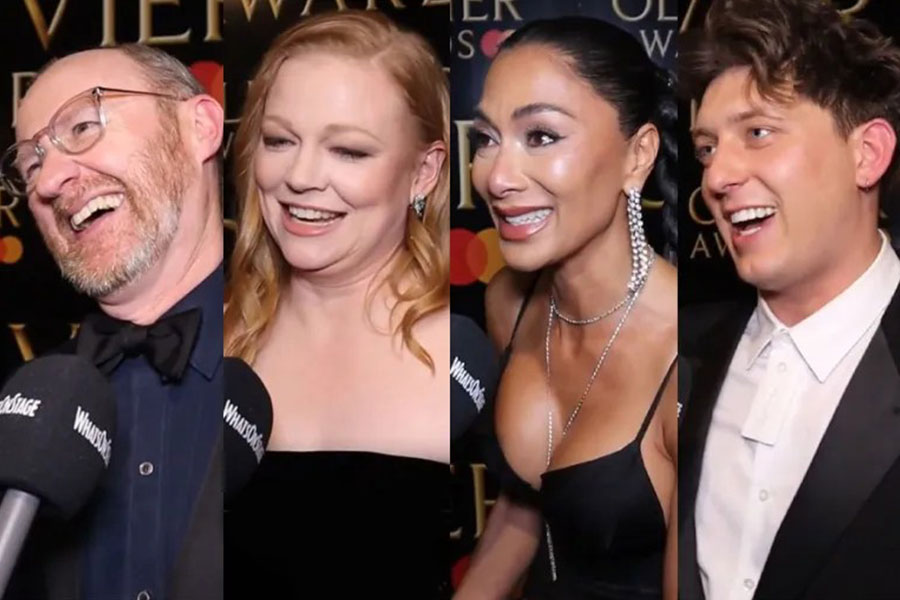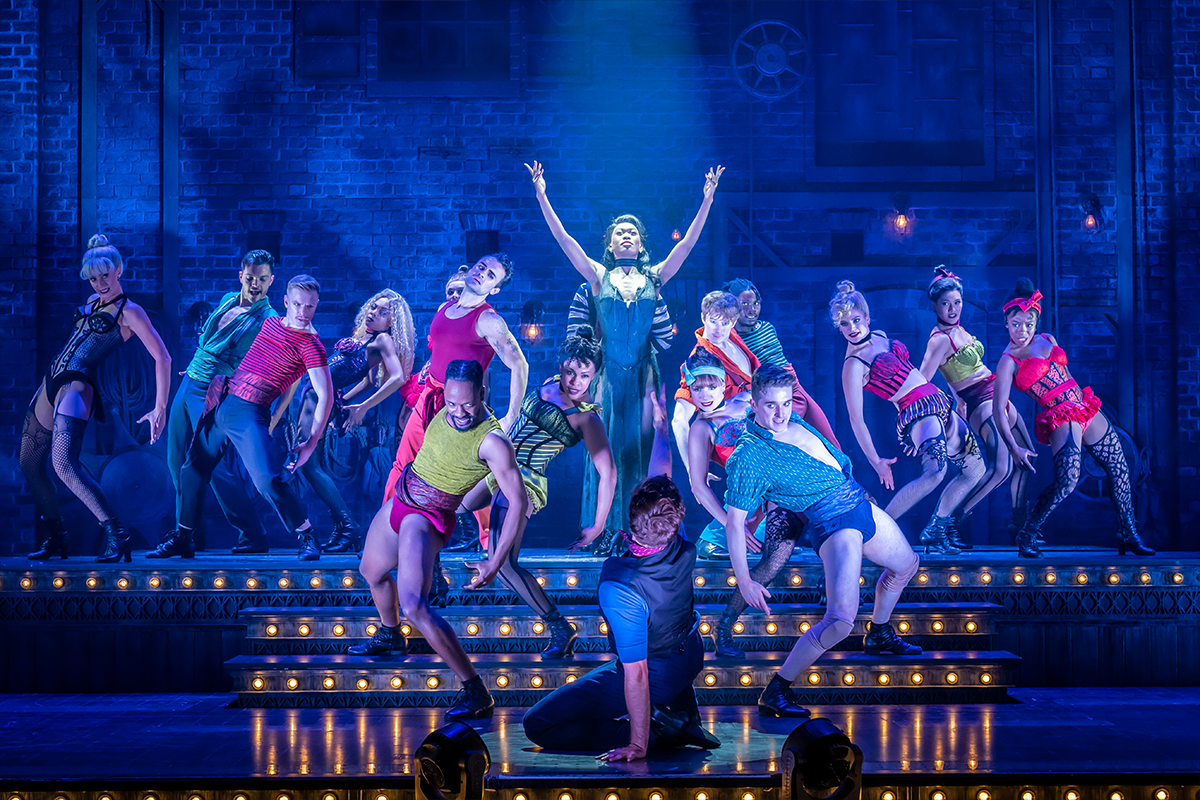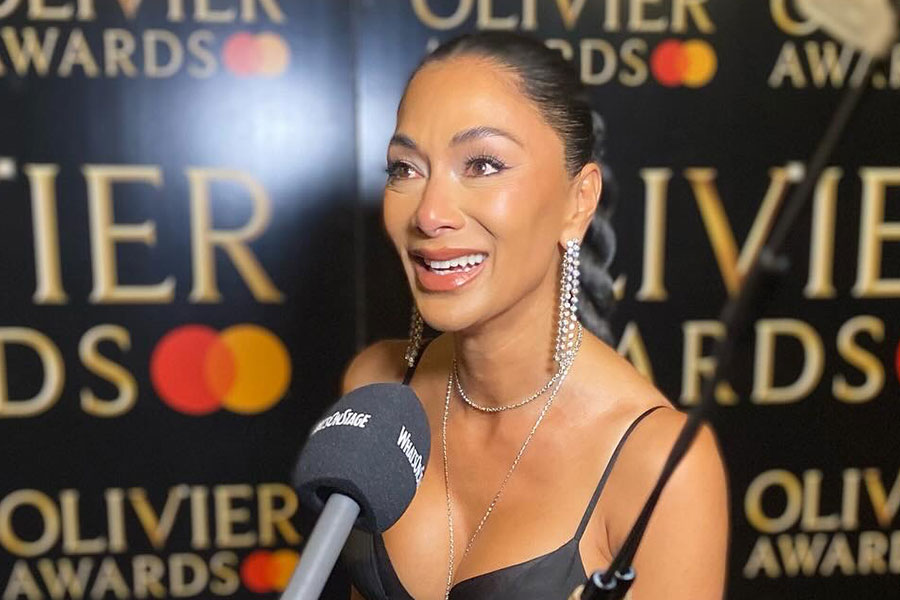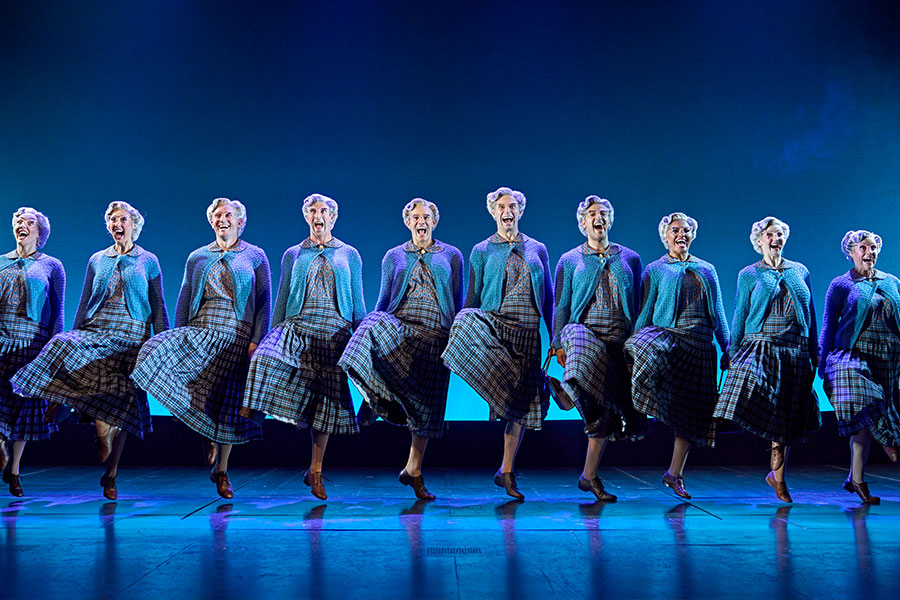Dancing in the Streets
Dancing in the Streets has the same standard of energetic performances and pleasing voices at the Aldwych as it had at it’s previous home, the Cambridge. It is a show to be enjoyed for what it is – a likeable amble through a heap of Motown hits, complete with a ready-made standing ovation at the end as the audience are encouraged to get up on their feet and dance through the last section.
The enthusiastic audience clapped (and, in some cases, sang) along throughout last night’s performance, and the show has a party atmosphere that makes it suitable for the casual theatregoer (Dancing in the Streets is certainly not a heavy-weight musical, there is no story to speak of).
The band is charismatic and the performers all sing well and have some fabulous glittery costumes which shimmer as they dance in the style of such greats as Diana Ross and the Supremes, Marvin Gaye and Stevie Wonder (James Bellamy from The X Factor).
The show is, basically, a Motown CD performed live on stage. But as long as you’re not looking for high drama or grand theatrical thrills (and if you are, as narrator Ray Shell says, “you is in the wrong place… we have posh black people in a show called The Lion King, and something like Tea With Mugabe down the road”, Dancing in the Streets makes for a fun night out.
– Caroline Ansdell
NOTE: The following TWO STAR review dates from July 2005 and this production’s original West End home at the Cambridge Theatre.
The press night for Dancing in the Streets kicked off around 15 minutes behind schedule. When Ray Shell, as the show’s narrator, finally shuffled on, he apologised for the late running. “I know this is a black show,” he said, “but it’s not our fault – the director had us all here at five o’clock.” It was the first, but alas also the last, knowingly witty comment of the evening.
Towards the end of proceedings, Shell pops up again (as he does more or less pointlessly throughout) to inform us that the songs we’ve just heard have become such standards that they can be heard in every shopping mall and restaurant in the world – which is surely to damn with faint praise.
In between those comments, the Cambridge Theatre had accordingly been turned into a giant shopping mall playing loud cover versions of some of the greatest Motown hits, the Detroit music factory of the Sixties that brought black soul to a worldwide audience. Actually, there were times, too, that made me feel like the Cambridge was being turned into a Romford karaoke night (though that would probably be to insult Romford unduly).
This retro revue spins the clock back in every sense. It treads a route so well-worn that it’s positively shop-soiled, taking the low road back to a parade of such ghastly wigs and relentless shimmying that it feels as if it’s all been transposed directly from a tacky Las Vegas impersonation tribute show.
Along the way, we get approximations of Stevie Wonder, Diana Ross and the Supremes, Marvin Gaye, The Temptations, the Four Tops, and of course Martha Reeves and the Vandellas, whose song gives the show its title. By then, Keith Strachan’s production certainly has them dancing in the aisles. But it’s as well that the audience members have been programmed to provide their own entertainment, whether of the sing-a-long or dance-a-thon variety, since the show offers scant pleasures on its own terms.
None of this is the fault of the hard-working cast or the over-projected band, though. There’s some real talent on the stage, not least young Nathaniel Morrison as Stevie Wonder, Siam Hurlock as Diana Ross, and the now portly Ray Shell (a stalwart of black and other musicals in the West End for the last 20 or more years) in various guises. It’s also great to see that Simba lives – Roger Wright, the former model turned devastatingly handsome star of the original London production of The Lion King (in which he stayed for three and a half years), re-surfaces here in adult mode.
But I would love to see so much genuine black talent actually harnessed to a show worthy of their abilities. Isn’t it time someone – anyone, please – gave London an opportunity to see Dreamgirls, the stunning Broadway show of the early Eighties that was set in precisely this world of black recording artists?
– Mark Shenton
The following three star review dates from April 2005 at an earlier tour stop of the show.
I don’t know about prancing through the byways of Cambridge but Dancing in the Streets certainly had them gyrating in the aisles of the Corn Exchange. The show celebrates the Motown phenomenon, that explosion of predominantly Black musical talent which burst onto the 1960s from the unlikely location of Detroit, the car capital of the still racially segregated United States.
The design team of Sean Cavanagh, Tony Priestly, Barbara Williams and Ben Cracknell have gone to considerable trouble to re-create the look of the performers.
After all, this was an era when stage costumes glittered and shimmered, when popular entertainers were as much concerned with the ‘show’ as with the ‘business’. Boys as well as girls stepped out in satins and sequins – and the unisex Afro hairstyles had a life all of their own.
Cavanagh’s set has three towers of photographic montages showing defining elements of Detroit in the Sixties with the band placed directly in front of these and the singers further downstage. Elements are picked out by Cracknell’s vivid sequences of searchlight-intensity floods, concentrating attention as required on the link narration which sets Motown in context or the hardworking, quick-changing artists.
The cast is mainly a young one with the dancing and general movement skills now so much part of an actor’s training. Siam Hurlock, Paula Kay, Vanessa White-Smith and Jacqui Zvimba are the glamorous girls and Anthony Francis, Robert Grose, Paul Hazel, Joel Karie, Nathaniel Morrison, Ray Shell, Dwayne Wint and Roger Wright the equally eye-stopping boys.
Eye-stopping, yes. Ear-blocking? well, that’s a different matter. I found it difficult to distinguish the words of any of the numbers in spite of – or because of – the amplification. Presumably in the actual recording studios the balance between the lead and backing singers and the band itself would have been more finely adjusted.
As it was, the ensemble under musical director Iain Vance-Gatt (Kevin Oliver Jones, Jaison Beeson, Toby Drummond, Nathan Finn, Gilly Lodge, Frank Walden and Kevin Wedrychowski) somewhat overwhelmed the singers. Not that it bothered the audience one jot.
– Anne Morley-Priestman (reviewed at the Corn Exchange, Cambridge)



